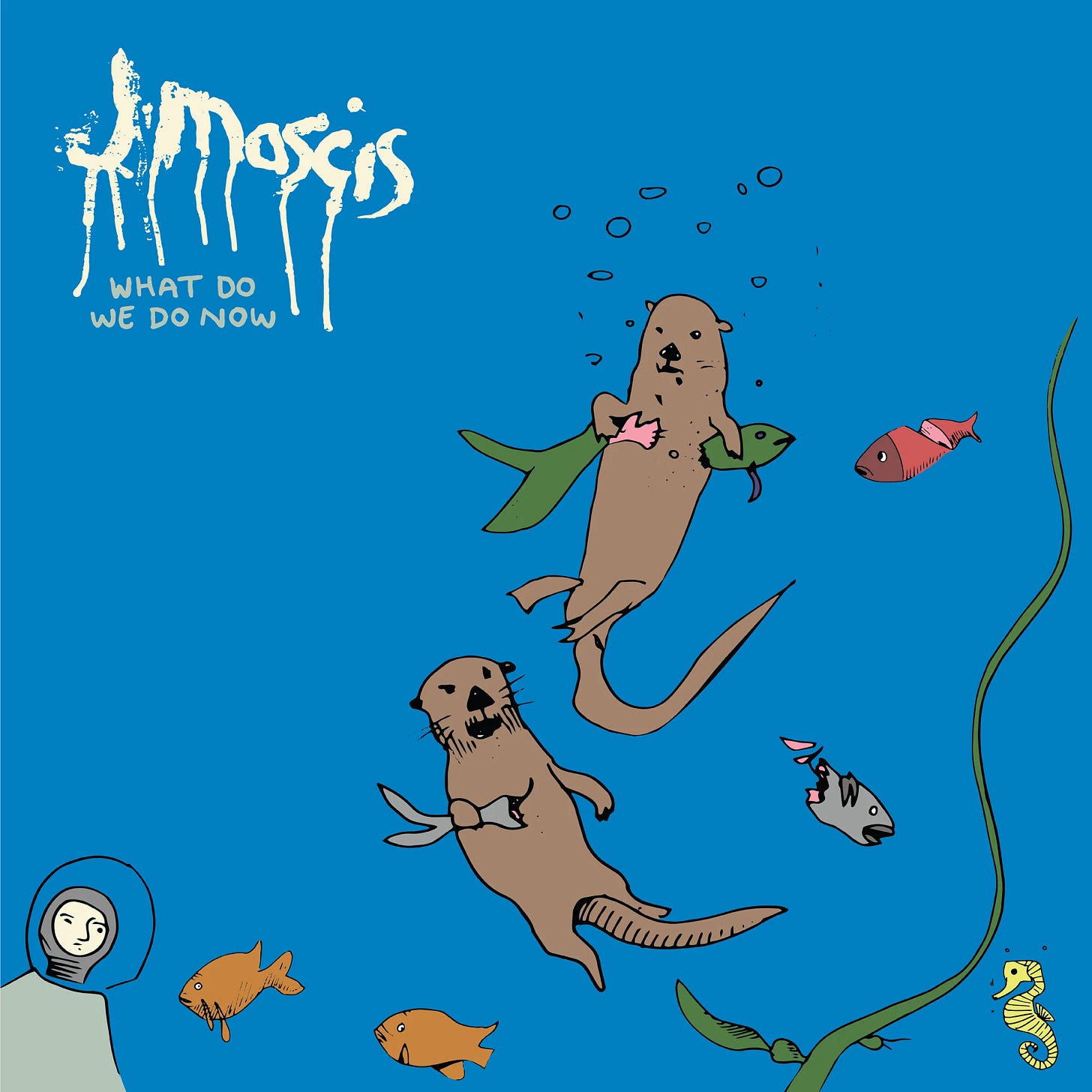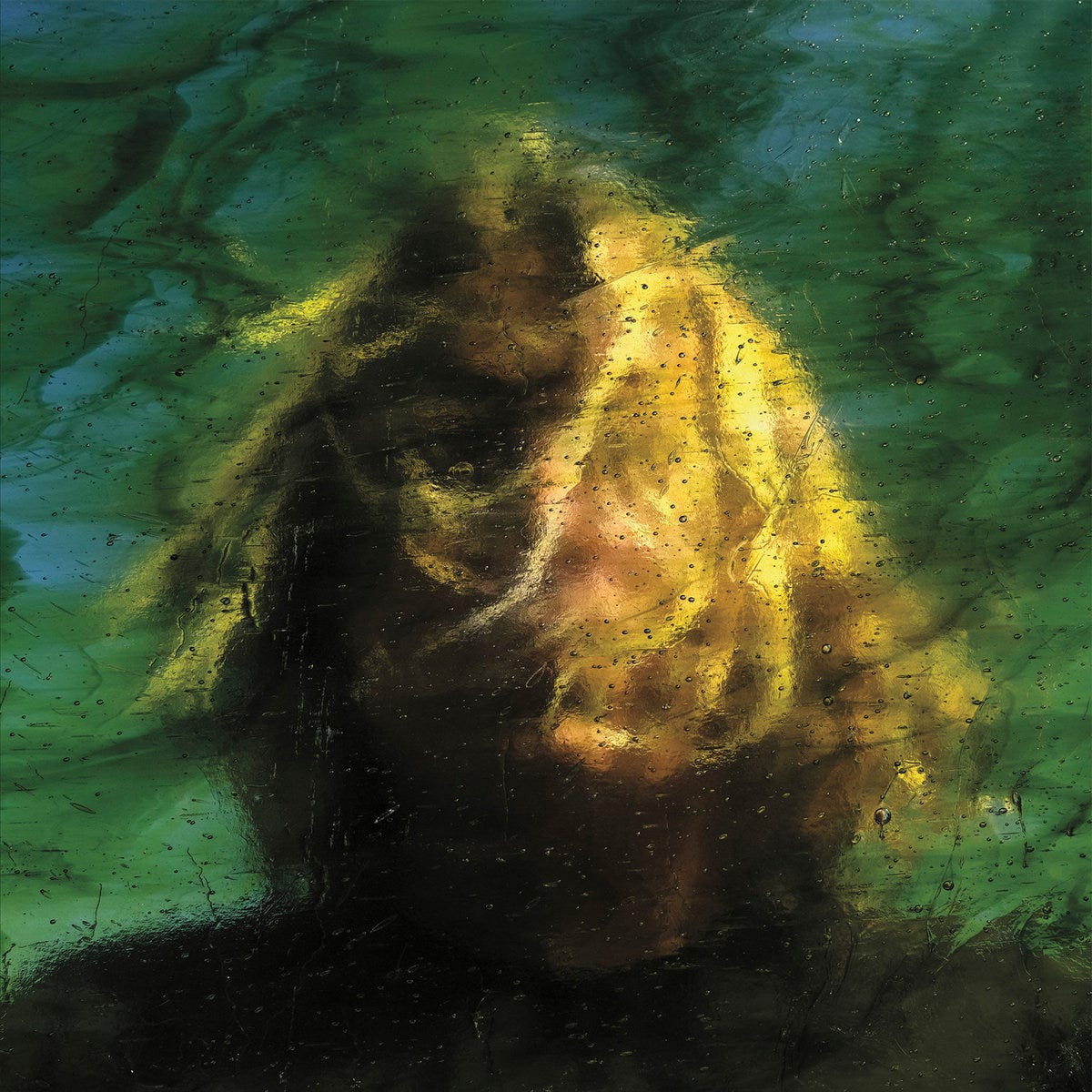Pumping On Your Stereo 2-16-2024
Sonic Youth electrifies in 1985, J Mascis gets cozy, Beyoncé goes country, the Smile sighs, Ty Segall works with a larger canvass, Brittany Howard salutes Prince, Laura Jane Grace gets loose.
Sonic Youth—Walls Have Ears (2024; 1985-1986)
A bootleg reclaimed by Sonic Youth nearly four decades after it was recorded, Walls Have Ears captures the band in the midst of an evolution while on tour in England. Workshopping material that would comprise EVOL, Sonic Youth also wound up switching drummers in midstream: by the time the group returned to London in October, Steve Shelley replaced Bob Bert. With all the care typical of fly-by-night releases, Walls Have Ears flips chronology, so the April date with Bert closes the record and Shelley's concert opens proceedings. There's a definite difference between the two musicians. Bert provides a heavier backbeat, providing a foundation for the lacerating vocals of Kim Gordon and the sonic spirals of Thurston Moore and Lee Renaldo. Shelley plays with the same sense of muscle yet increased musicality; with him behind the kit, Sonic Youth feels like a unified force, plowing down everything in its path. The murky mix—cleaned up here but there's only so much to do with the source material—works in the band's favor, mussing up the distinctions between the instruments and adding layers of kinetic noise. There's almost tactile pleasure in this cheap recording that accentuates the Sonic Youth's danger and might, making it a necessary document of a band that's starting to realize exactly where their capabilities lie.
J Mascis—What Do We Do Now (2024)
Over a decade ago, J Mascis established that his solo works are the place where he channels his softer, folkier songs and while What Do We Do Now certainly is gentler than Dinosaur Jr.'s last album (2021's Sweep It Into Space, for those keeping score), the notable thing about this set is that it doesn't feel delicate. The opener "Can't Believe We're Here" provides an ideal keynote for the record: it's tuneful but also purposefully propulsive, with Ken Maiuri's piano and Matthew "Doc" Dunn's pedal steel providing warm colors that feel enveloping and inviting. Apart from that shift in tone and quickening of pace, What Do We Do Now feels formally familiar yet it's enough of a change to make the record feel fresh even as it provides tangible comfort.
Ty Segall—Three Bells (2024)
Working with a larger canvas than on the breezy, folky Hello, Hi—at over an hour, Three Bells is essentially a double album—Ty Segall frees himself of classicist affectations, using his glam, noise and psychedelia excursions as texture and punctuation. Hooks often are pushed to the backburner, as are distinct songs: melodies ebb and flow, pushed to the forefront on waves of harmonies and battered acoustic guitars, the separation between tracks and sides purposefully muddled. Nods to past familiar idols—Segall still trills like Marc Bolan on his way to finding the forgotten garden where English topiary is undone by unruly American tumbleweeds—act as guideposts on a winding journey, one consisting almost entirely of detours. By making the most of its winding digressions, Three Bells winds up as a testament to the fact that the destination doesn't matter nearly as much as the trip itself.
The Smile—Wall of Eyes (2024)
Wall of Eyes—the second album by the Smile, a Radiohead offshoot featuring Thom Yorke and Jonny Greenwood, supported by drummer Tom Skinner—operates on a deliberately small scale, offering a tight eight songs, almost all delivered at a hush. The quietness that pervades Wall of Eyes doesn't lack drama or movement; the progression may be nuanced but it's evident, giving the record a discreet yet distinct pulse. Unlike Yorke's solo albums, this never feels cloistered: Wall of Eyes sighs and breathes, unfolding at an unhurried pace but intent not to overstay its welcome.
Beyoncé—Texas Hold 'Em/16 Carriages (2024)
I'm rooting for these singles to catch hold on country radio, hopeful that they help open the door for the legions of Black country singers who have been shut out from Nashville's music business. I'm also rooting for them to catch hold in my subconscious, for that matter. Sucked in by Rhiannon Giddens' scratching banjo hook, I have yet to warm to the dull thud of the rhythm of "Texas Hold 'Em," which feels as much millennial folk stomp and holler as it does a '90s boot scootin' boogie. "16 Carriages" cleverly plays with cowboy imagery and western musical motifs yet the skittering melody and cinematic booms of the arrangement keep me at bay, at least for the time being.
Brittany Howard—What Now (2024)
Brittany Howard's second solo album is a marked departure from the stark Jaime: it's all textures and colors, neo-psychedelia that displays a heavy debt to Prince. My review at Allmusic.
Laura Jane Grace—Hole in My Head (2024)
Short, messy and loose, this is my favorite Laura Jane Grace project in a while thanks to its heart and humor, not to mention a good dose of old-fashioned rock & roll boogie. My review at Allmusic
Black Grape—Orange Head (2024)
Been through this a couple of times and all I can remember is Shaun Ryder bellowing "Muff Diver!!" on the chorus of "Pimp Wars," providing definitive proof that yesterday's dirty young man is bound to become today's old pervert.







I just put "Power To Undo" on my latest playlist. What a terrific record. The Prince-ness blew my hair back. My wife said it reminded her of Jon Spencer Blues Explosion too.